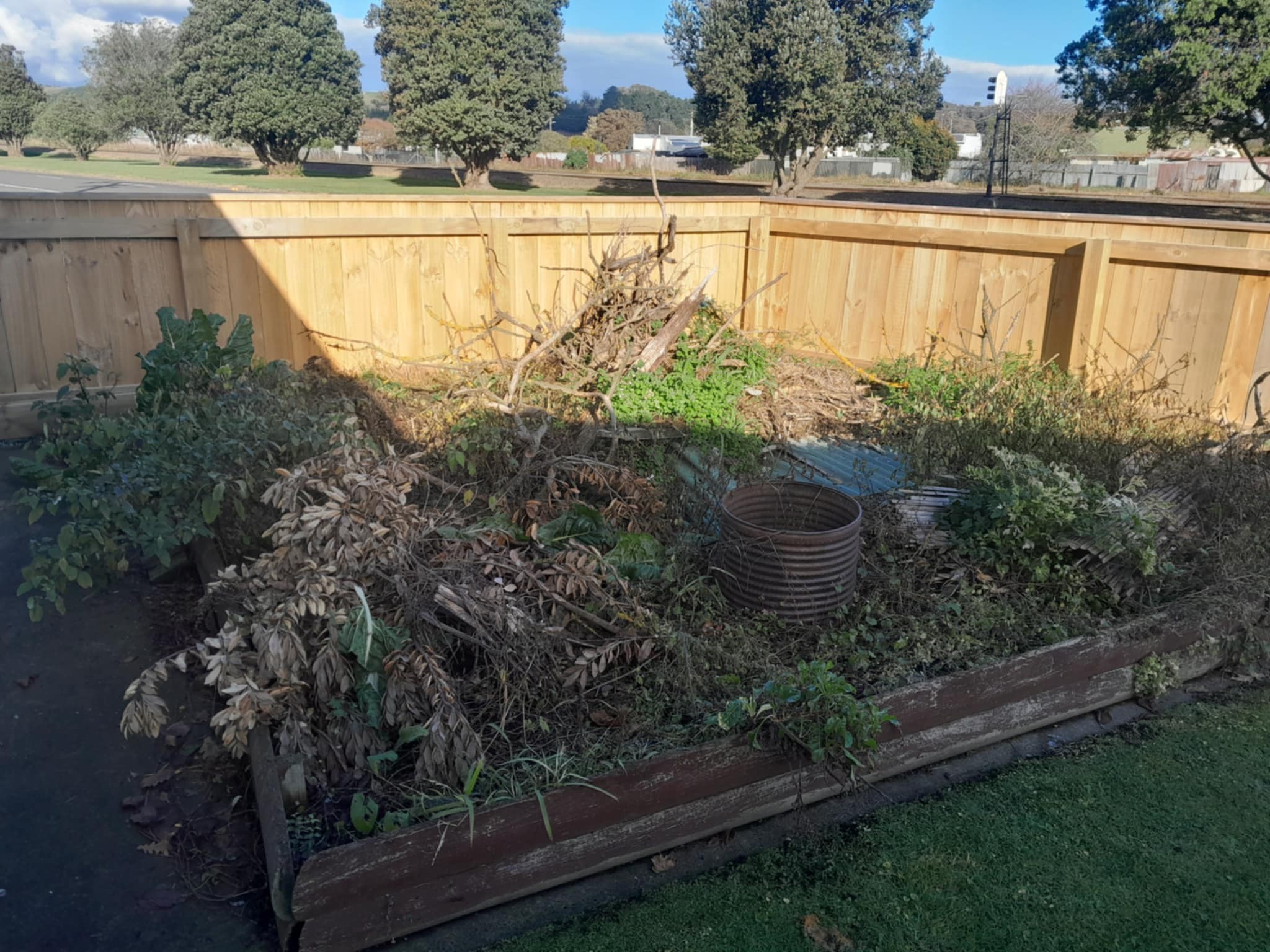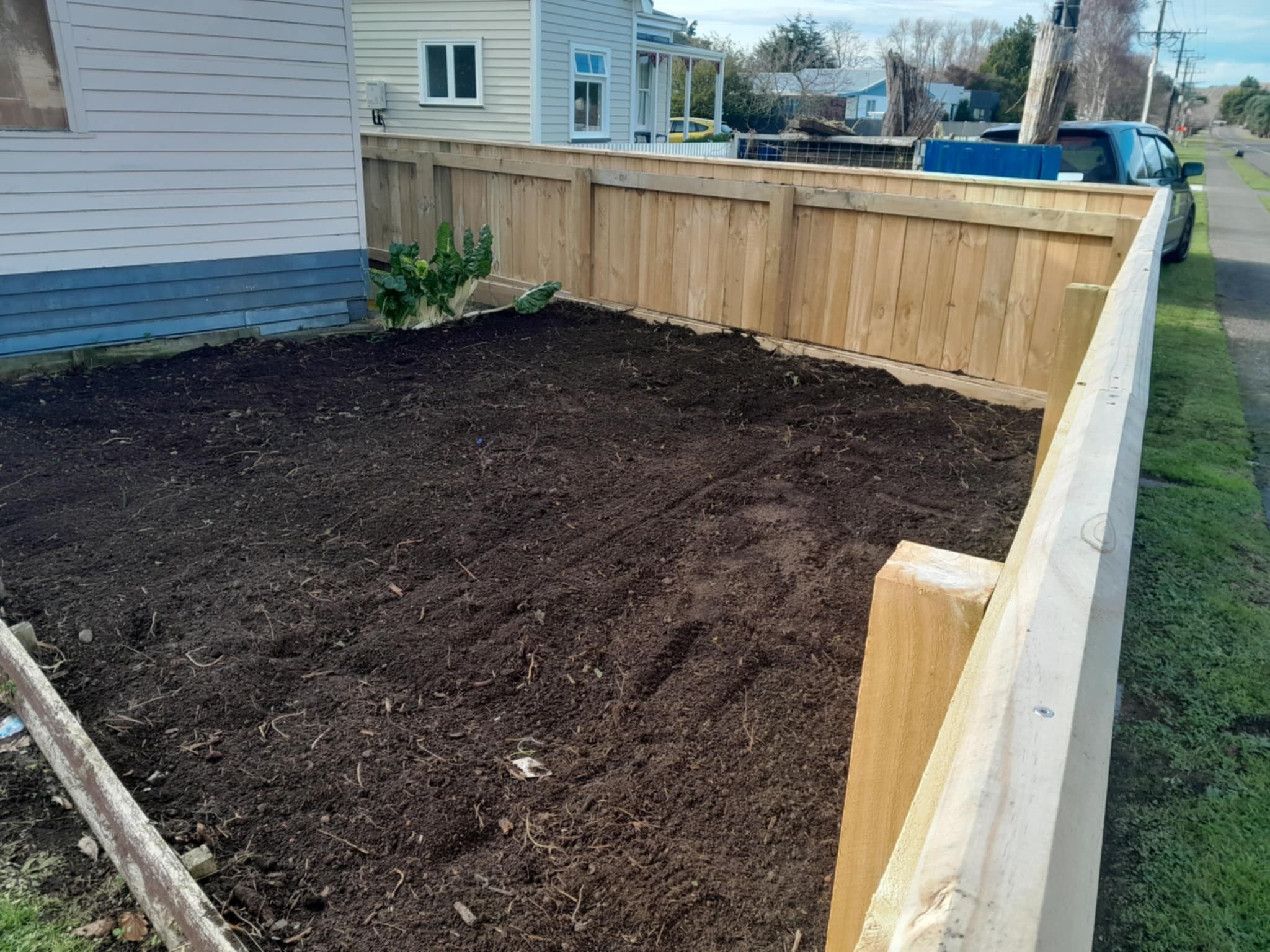Is your garden looking more like a jungle than a relaxing outdoor space? You’re not alone. Gardens can quickly become overgrown, especially after a wet season or a busy few months. The good news is that with the right approach, you can clear your space and get it ready for fertilising and planting in no time.
Here’s a step-by-step guide to bringing an unruly garden back under control and preparing it for healthy new growth.
1. Start with a Clear-Out
Begin by removing any rubbish, fallen branches, or items that don’t belong in the garden. This gives you a clean slate to work with and makes the next steps much easier.
2. Tackle the Big Growth First
Use pruning shears or a hedge trimmer to cut back overgrown shrubs, hedges, or trees. If grass and weeds are waist-high, mow or slash them down to a manageable level before pulling or digging them out at the roots.
3. Remove Weeds Thoroughly
Weeds compete with plants for nutrients and water, so it’s vital to dig them out completely. Make sure to remove roots where possible to stop them from growing back. Laying down weed matting or mulch after planting can also help keep them under control.
4. Turn the Soil
Once the garden is cleared, it’s time to work the soil. Turning the soil with a spade or rotary hoe breaks up compacted earth, removes any remaining weeds, and creates a fresh bed for fertiliser and planting.
5. Add Fertiliser and Compost
Healthy soil is the foundation of a thriving garden. Mix in compost or organic matter to enrich the soil, then add a balanced fertiliser suited to the type of plants you want to grow. This boosts nutrients and prepares the soil for strong growth.
6. Plan Your Planting
Before you start planting, think about the layout. Consider the sunlight, drainage, and spacing requirements of your chosen plants. Preparing a simple garden plan helps ensure your plants thrive in the right conditions.
7. Plant and Mulch
Now the fun begins—plant your vegetables, flowers, or shrubs. Once planted, cover the soil with mulch to retain moisture, reduce weeds, and protect your garden beds.
Final Thoughts
Clearing an overgrown garden may feel daunting at first, but with a systematic approach you’ll quickly see progress. By clearing, enriching, and preparing your garden properly, you’re setting the stage for a healthier, more productive outdoor space. Whether you’re planting vegetables, flowers, or simply want a tidy garden, the effort you put in now will pay off with beautiful results.


